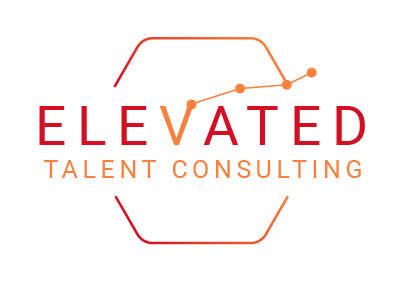Creating Talent Pathways in Your Organization
By Traci Scherck, MPA, SPHR, SHRM-SCP
 So often employees are left wondering which direction they are heading within the organization.
So often employees are left wondering which direction they are heading within the organization.
What comes to mind when you think about talent pathways in your organization?
Employees most often feel more engaged when they believe that the organization is concerned about their growth. This is done when the organization provides ways in which the employee can reach their career goals while being aligned with the organizationís goals.
Talent pathways have a direct impact on the organization as they help to improve morale, career satisfaction, motivation, productivity, and responsiveness in the organization. According to the 2021 State of Talent Optimization Report, 55% of companies have a talent strategy in place and only 23% of executives say they aligned their business and talent strategies.
There are seven steps to focus on when creating talent pathways in your organization.
- Define your organizational culture
- Define your roles and responsibilities (organizational chart)
- Onboarding is critical in providing the WOW factor and is a way to let new employees know that they made the right choice
- Assign a mentor or onboarding buddy to the new employee
- Organizational training is clearly defined
- Ensure that career development conversations are taking place with employees. (How do we help them?)
- Understand and utilize data in a constructive way.
As you work on creating talent pathways in your organization it is important to set crystal clear expectations of your company. When creating pathways in your organization thinking ahead in terms of where you want the organization to be headed and having a long-term plan is paramount.†
Designing the talent pathways into and through the organization specifically looking at the organizational chart, and execution strategies. Thus, once we know where we are going, we can create the plan for each individual job. This process looks at the whole life cycle of an employee starting with hiring the whole person for the job, team and organization ensuring that each individual in the right role. An integral part of talent pathway planning is the importance of celebrating peopleís strengths and ensuring they are in roles that highlight those strengths.
Ensuring that everyone in the organization from top to bottom portrays the culture of the organization so that staff and potential hires understand how they may fit into the culture. According to a recent SHRM article, 73% of employers said fostering employee development is important, but only 49% of employees said leadership is adhering to this practice. We must live the culture of the organization.
When you have clearly communicated talent pathways in your organization that are aligned to the business strategy you help to drive the organizationís business results. Check out our podcast on this topic here.
†



 This post is locked to comments.
This post is locked to comments.
